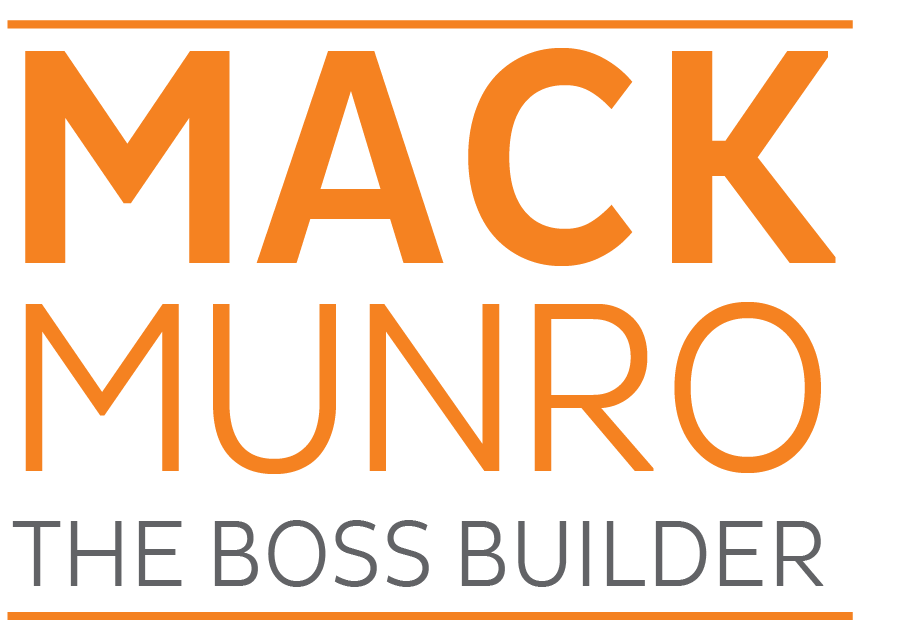 When we lived in Maryland, we seemed to make regular trips to the ER at Walter Reed National Capitol Medical Center (formerly, and properly named Naval Hospital Bethesda!). All of managed to get ill or injured outside of normal clinic hours so we’d often head to the ER out of necessity.
When we lived in Maryland, we seemed to make regular trips to the ER at Walter Reed National Capitol Medical Center (formerly, and properly named Naval Hospital Bethesda!). All of managed to get ill or injured outside of normal clinic hours so we’d often head to the ER out of necessity.
The ER was the last place I wanted to be. Normally it’s packed and the wait time to get seen is at least 2-3 hours. Then you wait another 30 minutes or so to get your drugs from the pharmacy. I always packed my Kindle, iPad, and MacBook and prepared myself for a long wait.
Occassionaly though, we got seen right away. Depending on the patient load, we were triaged in quickly. Triage is the process of determining the priority of patients’ treatments based on the severity of their condition. So if I go in with a sinus infection, I’ll be bumped down the priority list by someone having chest pain (I guess that’s fair) but it also means that it’s pretty hard to ever plan out your evening if you’re an ER staff.
One of the most requested classes I get is anything related to time management. I’ve long advocated that you can’t manage time, only your reaction to it. There is no magic solution for time management either since different personalities seem to all approach it in a unique fashion. Maybe the best way you do it is by apply the principle of proactivity.
The ER is by definition a reactive entity. There’s no predicting what comes through the door. You can’t plan, only react. When multiple patients come in, the triage process helps you sort out what’s most important, then of course that lineup changes if something more urgent comes in.
Proactivity can best be likened to a wellness clinic. Wellness clinics work to treat proactively by encouraging healthy diet, lifestyle, and preemptive medical examinations. By scheduling appointments at regular intervals, a person could possibly prevent conditions that would send them into an ER. This would then allow ERs to care for only the most urgent illnesses (not my little sinus infection) and victims of trauma.
So how does this apply to time management? Be proactive! At the beginning of each day, visualize the outcome you’d like at the end of the day. Some folks use a “to-do” list and put the steps down. Others tend to follow a looser structure. Regardless, by determining what’s most important early in the day, you can take deliberate steps throughout the day to get it done. The alternative is to live out of your In-Box and by whoever calls you first. Your day will be filled with emergent matters followed by down time trying to recover. At the end of the day, you’ll still have those unfinished priorities but be completely exhausted by the reactionary approach you took to the day.
Outcomes in an ER aren’t always successful and they always cost – time, money, and sometimes more. Proactive care may take time on the front end, but it’s possible you’ll gain much more later on.
This week, think of some steps you can take to be more proactive. It might be more effective than how you manage yourself towards time now. Who knows, it might even save you a trip to the ER!

